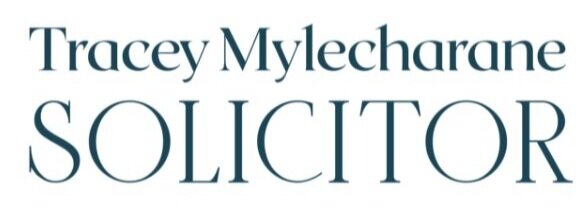Limited liability 101 | What is it, and do you need it?
As a small business owner, your risk mitigation strategy will consist of 3 pillars:
Business Structure
Insurance
Legal Documents
It’s not pleasant to think about risk, but it’s important to plan ahead in order to protect your future self (and your legacy!) from any problems that may arise.
In this article, let’s talk about limited liability. You’ve probably heard the term, and maybe you’ve wondered if it’s the right option for your business.
So we’ll start at the beginning: The question of limited liability is primarily a structural one.
How does your business structure form part of your risk mitigation strategy?
When you choose your business structure, you will take into account
Your vision for your business;
How important it is for you to have flexibility to bring in partners and investors; and
How important it is for you to protect your personal and family assets.
You can read more about how to find the best business structure for you in my article: Sole Trader or Company? | What is the best business structure for me?
And if you’re really serious, you can take my masterclass, Business Structure: What You Need To Know.
What’s a limited liability company?
A limited liability company is a corporate structure (a private company) that exists as its own legal entity.
It has its own ABN and tax file number, it can sue and be sued, and its owners are the shareholders. As such, the owners are not personally liable for the company's debts or liabilities.
When a business is owned and operated by a limited liability company, the company receives the income, is responsible for the debts, and generally speaking will own the assets (subject to a more involved structure that involves other holding and trading companies).
That means when the limited liability business enters into agreements with clients or suppliers, the company, not the shareholders, is the entity entering into those agreements.
What are the risks?
The shareholders’ personal assets won’t be at risk with this business structure, but it’s important to note that there is some risk to the shareholders, and that risk extends to the amount of capital invested by them in the business.
In other words, when a shareholder injects capital into the company, if the company then falls upon hard times and becomes insolvent, the shareholder’s risk extends to the capital invested—it may be lost—but the risk won’t go any further.
Importantly, that risk won’t extend to the personal assets of the shareholders.
Do you need a limited liability company?
If personal asset protection is important to you, and forms part of your growth strategy, then a limited liability company is a sensible structure through which to operate your business.
If things don’t go according to plan with the business and the business falls on hard times, the personal assets of the owners (the shareholders) are not at risk.
The director’s personal assets have protection, too, provided the director’s comply with their obligations under the Corporations Act 2001 (Cth), and subject to any personal director guarantees the directors may have provided.
There is a distinct difference between a shareholder (owner) and a director (not an owner, but holds a position of significant control). Directors have serious obligations under the Corporations Act 2001 (Cth) and directors need to be crystal clear on those obligations.
When deciding what business structure is best for you, and when considering if you need a limited liability company, start with the end in mind and be clear on your vision for the business. This will be an important factor in the decision making process.
To learn more about what you need to take into account with structuring your business, take a look at Building Your Small Business | The Beginners Handbook and Legal Advice for Small Business: The Ultimate Guide.
Please reach out to us with questions - click here to enquire now.


